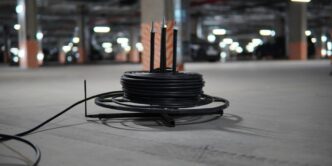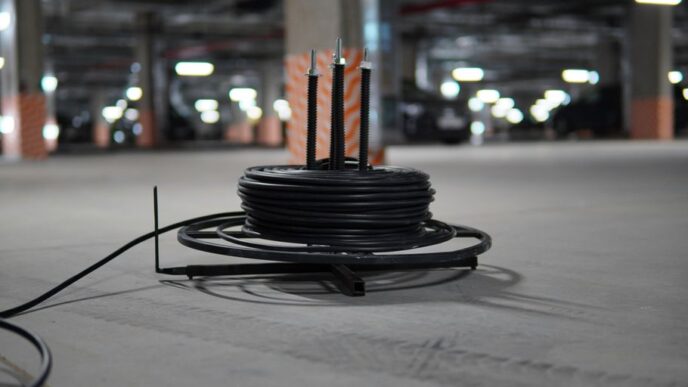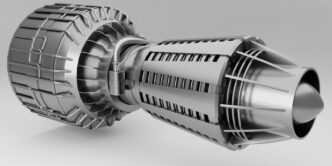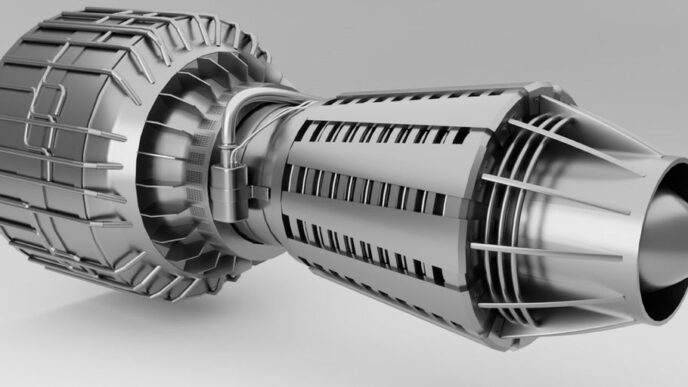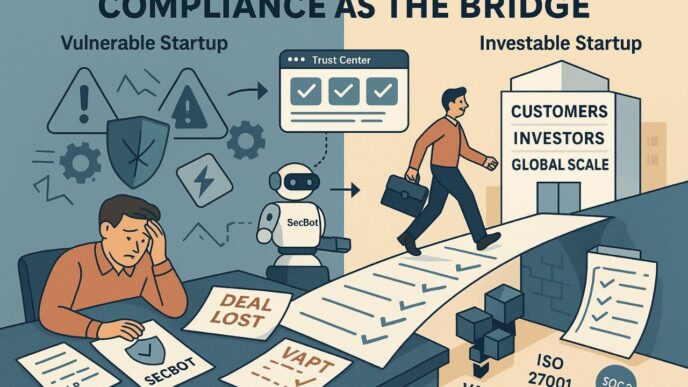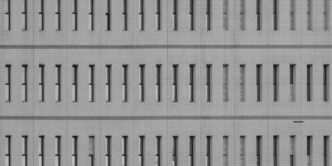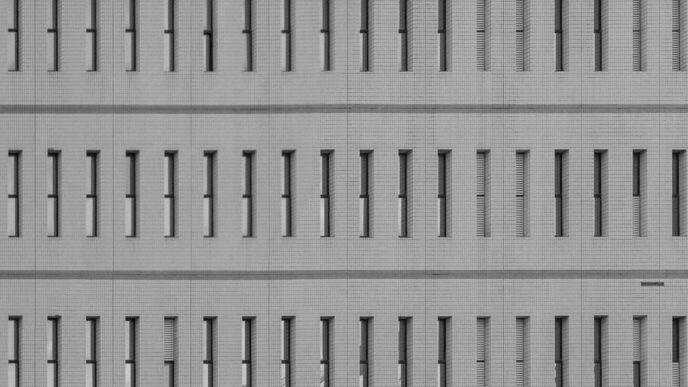Storing your belongings for a long time doesn’t have to be expensive. Whether you’re going abroad, downsizing, or simply in need of extra space, understanding how to find affordable long term storage will help you save both time and money. This guide will walk you through everything you need to know, from selecting the right storage facility to maximizing your storage space efficiently.
What is Long-Term Storage?
Long-term storage refers to renting a storage unit for an extended period, usually several months or even years. It’s ideal for individuals and businesses that need a secure place to store their belongings when they don’t have immediate plans to use them. These services are particularly beneficial when:
- Moving abroad for an extended period
- Temporarily downsizing living or office space
- Storing items after a home renovation
- Storing seasonal or rarely used items (e.g., sports gear, holiday decorations)
Why Opt for Affordable Long-Term Storage?
While storage units offer flexibility, they can become costly over time. Affordable long-term storage options allow you to save significantly while still ensuring that your belongings are safe. The main benefits include:
- Cost-Effective: Lower monthly rates or discounts for long-term leases
- Security: Safe facilities with 24/7 surveillance
- Accessibility: Access to your stored items whenever needed
Factors to Consider for Affordable Long-Term Storage
Finding an affordable option goes beyond looking at price. Here are a few important factors to consider:
1. Size of the Storage Unit
Evaluate how much space you need. Storage units come in various sizes, so select a unit that fits your belongings without paying for extra space. For example:
- Small unit (e.g., 5’x5′): Ideal for boxes, small furniture
- Medium unit (e.g., 10’x10′): Suitable for furniture, appliances, and larger items
- Large unit (e.g., 10’x20′): Perfect for storing the contents of a house or a large office
2. Location of the Storage Facility
Choosing a facility close to home might be convenient but could be more expensive than units located farther out of town. Consider how frequently you’ll need access to your belongings. If you’re storing them for a long time and don’t need regular access, an out-of-town facility could save you a lot of money.
3. Facility Features
Not all storage facilities are created equal. Some offer additional features such as:
- Climate-Controlled Units: These units regulate temperature and humidity, ideal for storing delicate items like electronics, artwork, or furniture.
- 24/7 Access: If you need frequent access to your unit, find facilities that offer round-the-clock access.
4. Security Measures
While cost is a significant factor, you should also consider the security measures in place. Look for:
- Surveillance cameras
- On-site security personnel
- Individual unit alarms
How to Save Money on Long-Term Storage
Long-term storage doesn’t have to break the bank. Here are some tips to save money:
Choose the Right Size
As mentioned earlier, choosing the right-sized unit is crucial. Paying for extra space can add up, so ensure you’re only renting what you need.
Look for Promotions and Discounts
Many storage facilities offer discounts for long-term rentals or promotions for first-time customers. Ask about deals like:
- Prepayment Discounts: Some companies offer discounts if you pay for several months or a year upfront.
- Referral Discounts: Some facilities offer discounts when you refer a friend or family member.
Opt for Non-Climate-Controlled Units (if possible)
If your items aren’t sensitive to changes in temperature or humidity, you can save by choosing a non-climate-controlled unit, which is typically more affordable.
Share a Unit
If you don’t need an entire unit, consider sharing one with a friend or family member. Splitting the cost makes it a more affordable option.
Downsize Your Belongings
Before storing, declutter your items. Donate or sell what you don’t need, and only store the essentials. The fewer things you store, the smaller (and cheaper) the storage unit you’ll need.
Maximizing Space in Your Storage Unit
To make the most of your storage unit, efficient organization is key. Here are some ideas to help:
- Using boxes of the same size makes it easier to stack them securely and saves space.
- Clearly labeling boxes helps you find items later without unpacking everything.
- Break down furniture, such as bed frames or tables, to save space.
- Stack boxes high and use shelves to make the most of the vertical space inside the unit.
Conclusion
Finding affordable long term storage isn’t just about securing a low price. It’s also about choosing the right unit size, location, and facility features that meet your specific needs. By following the tips and strategies in this guide, you can enjoy peace of mind knowing your belongings are safe while saving money.
FAQs
What is the average cost of long-term storage?
-The cost varies by location, unit size, and features, but the average monthly cost ranges from $50 to $300.
How can I reduce the cost of long-term storage?
-Opt for smaller units, consider non-climate-controlled options, and look for discounts or promotions.
Are climate-controlled units necessary for long-term storage?
-It depends on the items you’re storing. Delicate items like electronics, artwork, or wooden furniture may require climate control.
How do I choose the right size for a storage unit?
-Inventory your belongings and consult with the storage facility to determine the best unit size for your needs.
Can I access my belongings at any time?
-Most facilities offer 24/7 access, but it’s best to check with the specific facility for their access policies.
Is insurance necessary for long-term storage?
-Yes, it’s advisable to insure your belongings either through the storage facility or your homeowner’s insurance.
Can I share a long-term storage unit with someone else?
-Yes, sharing a storage unit is a great way to reduce costs, but make sure both parties have clear access arrangements.
How far in advance should I book long-term storage?
-It’s ideal to book in advance, especially if you’re looking for specific sizes or features, as storage units can fill up quickly.

